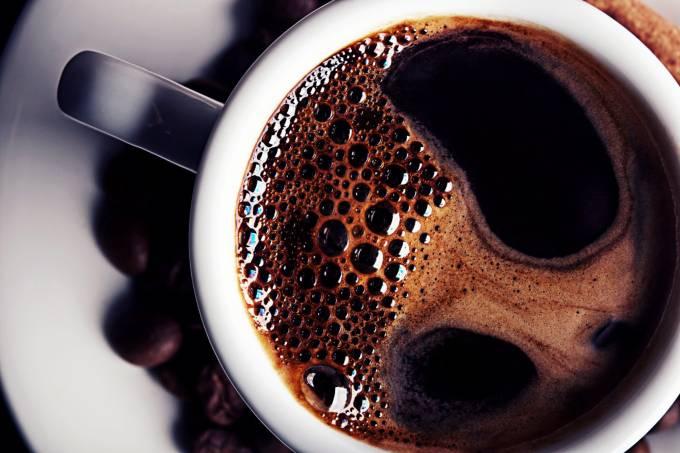The recent rebound in domestic prices, taking advantage of the rise in the dollar, brought a little more interest in business in advance, especially with Brazil’s 2022 crop. The more positive outlook for the size of the crop that is starting to be reaped favored the increase of interest on the part of growers. However, the movement was very short and concentrated on isolated lots and did not help to give more dynamism to the sales flow.
The small difference between the current price and those of future crops does not bother growers that much, but still serves as a justification for the restraint of sales. There was an improvement in the growers’ understanding of the inverted price curve on ICE US. Hence the notion that the current price is stretched. This facilitates the decision-making around future positions.
However, the arrival of the cold season in Brazil creates expectations. And the bet with the winter gains an even greater dimension in the face of more capitalized growers, who monitor the advance of a mass of polar air next week in Brazil. While the frost risk period is not over, this possibility will continue to mark the position of sellers.
Generally speaking, growers remain on the defensive, studying the high costs and lengthening positions. And that, of course, has an impact on the dynamics of sales with the new crop. So, after a very accelerated start, sales have quite slowed down. The SAFRAS survey indicates that sales of the 22/23 crop in Brazil until May 10 reached 31% of the productive potential. So, the growers’ current commitment remains below the same time last year, when sales had reached 35% of production. Even so, that is still well above the four-year average, which points to a commitment in advance of 24% of production.
Arabica sales reach 36% of production potential. The ideas for Brazil’s 2022 crop fluctuated a lot during the production cycle, which hindered the early sale strategy. In the same period last year, the growers’ commitment was at 41%, and the four-year average is around 27%.
The delay in the start of the conillon harvest associated with the withdrawal of sellers gave impetus to a new bullish rebound in early April. But the improvement in the harvest progress pressured prices again, which fell again, adjusting to the expected movement with the arrival of new coffee in the market. In general terms, the focus of conillon continues on the domestic roasted and ground industry, since the Brazilian product remains uncompetitive in the international scenario. Sales of the 2022 crop are around 23%, against 24% in the same period last year, but above the average for the period of 17% of production. It is good to remember that the conillon production should grow again this year.
Positions with Brazil’s 2023 crop evolved very little, hovering around 12% of the productive potential. And totally focused on the commercialization of arabica, where they account for 17% of the potential. It is interesting to note that ideas for Brazil’s 2024 crop began to appear more frequently, especially in the Cerrado, which already has the habit of working with positions in advance. Turnover is still very small.

